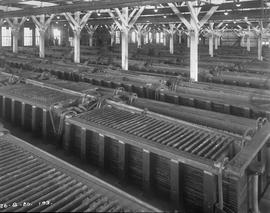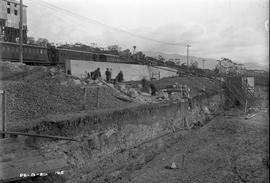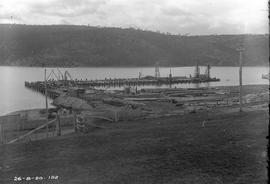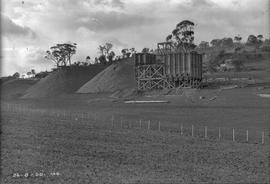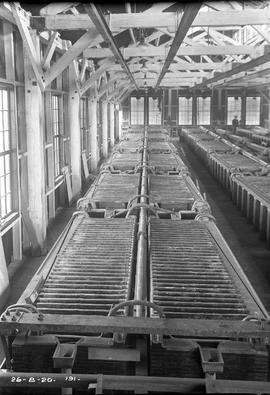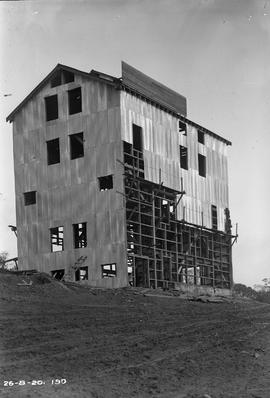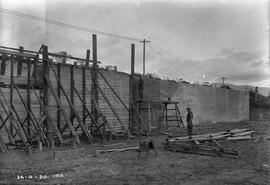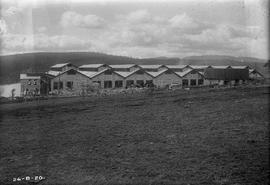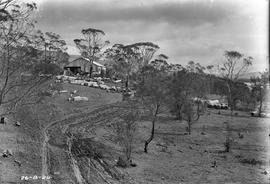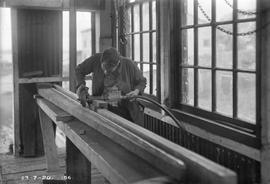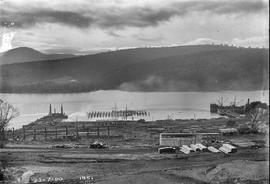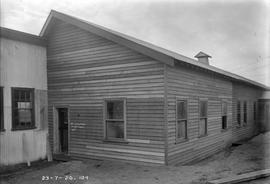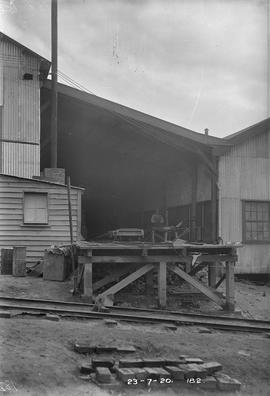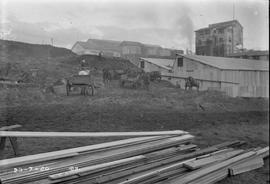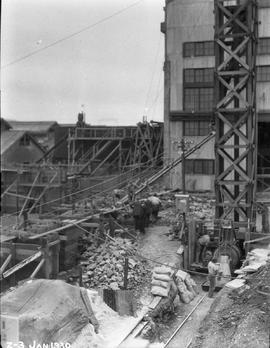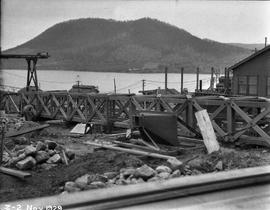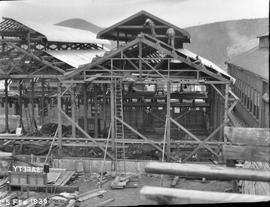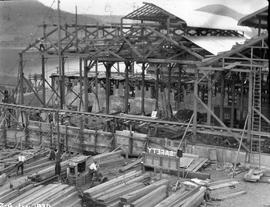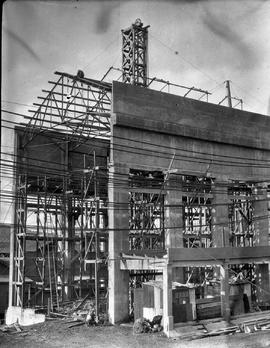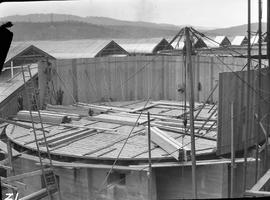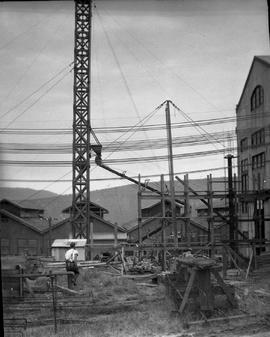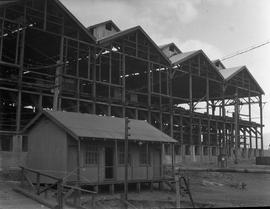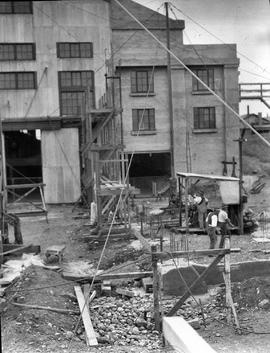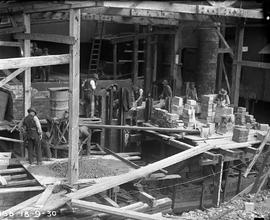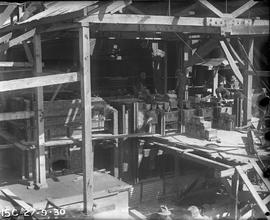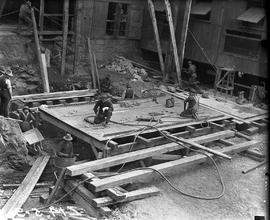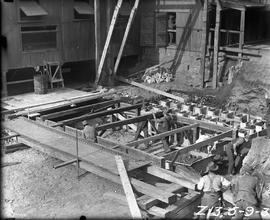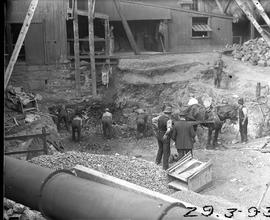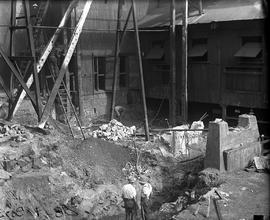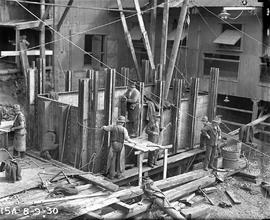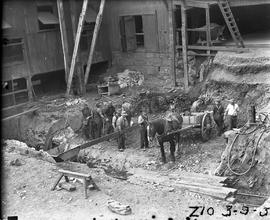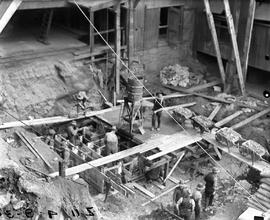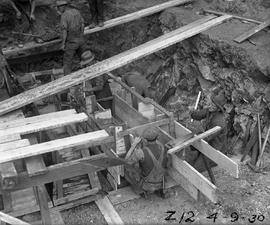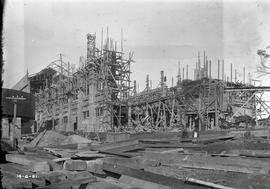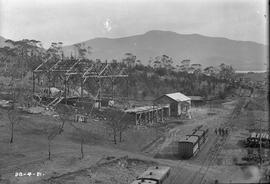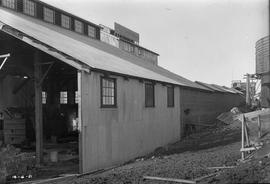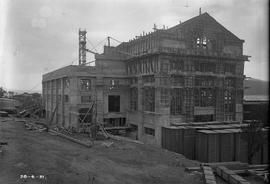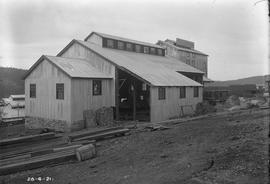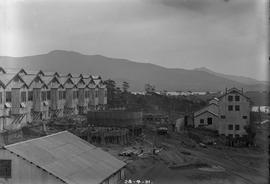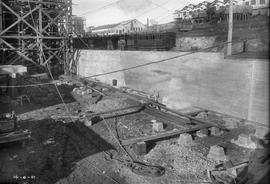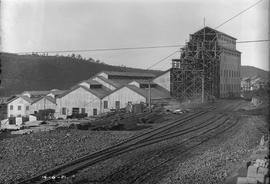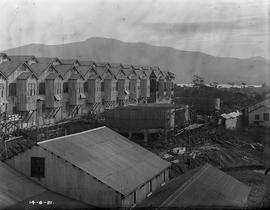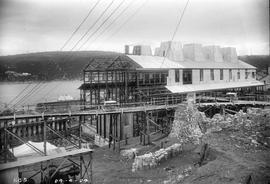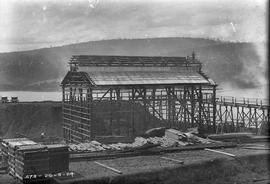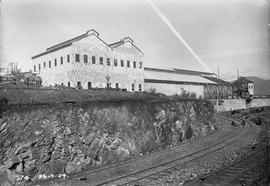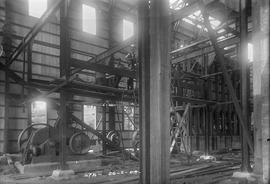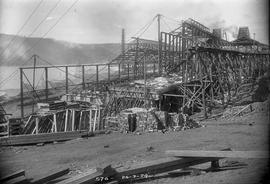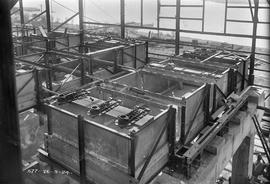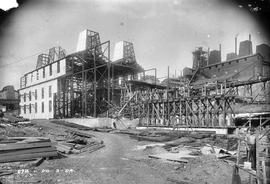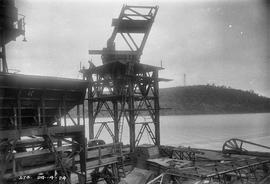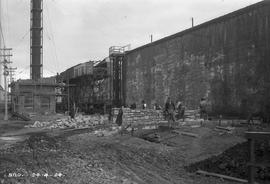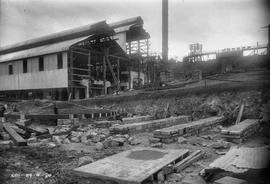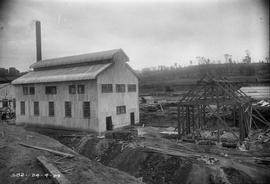Zona de identificação
Código de referência
Título
Data(s)
- 1920 - 1940 (Produção)
Nível de descrição
Coleção
Dimensão e suporte
507 digital images
Zona do contexto
Nome do produtor
História administrativa
Electrolytic Zinc or the Electrolytic Zinc Company of Australasia (frequently abbreviated to EZ ) was the company that operated a Zinc refinery on the banks of the Derwent River in Risdon in Hobart in Tasmania between 1916 and 1984. For more information see http://www.utas.edu.au/library/companion_to_tasmanian_history/E/Electrolytic%20zinc%20works.htm or for further reading: A Alexander, The Zinc Works, Hobart, 1992.
Nome do produtor
História biográfica
John Watt Beattie (1859-1930), photographer and antiquarian, was born on 15 August 1859 at Aberdeen, Scotland, son of John Beattie, master house-painter and photographer, and his wife Esther Imlay, née Gillivray. After a grammar-school education he migrated with his parents and brother in 1878, and struggled to clear a farm in the Derwent Valley, Tasmania. He soon turned to his life's work. From 1879 he made many photographic expeditions into the bush, becoming a full-time professional in 1882 in partnership with Anson Bros whom he bought out in 1891. Gifted with both physical zeal and craftsman skills, he probably did more than anyone to shape the accepted visual image of Tasmania. An admirer of William Piguenit, Beattie stressed the same wildly romantic aspects of the island's beauty. His work included framed prints, postcards, lantern-slides and albums, and was the basis for a popular and pleasing set of Tasmanian pictorial stamps (in print 1899-1912).
Many of Beattie's photographs of people and places were published in the Cyclopedia of Tasmania, (1st edn. 1900). He also prepared sets of lecture slides on the topography and history of Tasmania and gave many lectures himself. He was interested in the history and made an important collection of items relating to Port Arthur &convict days, which was sold to the Queen Victoria Museum, Launceston in 1927. Another collection was secured for the Tasmanian Museum Hobart after Beattie's death through William Walker, the City paying £250. Some of Beattie's lectures and photographic notes were placed with the Royal Society's manuscripts on loan by the Museum. Some other papers of J.W. Beattie were bequeathed by him to the Royal Society for safe-keeping. These consist of copies of historical manuscripts and some original manuscripts, press cuttings and notes.
For more information see: http://adb.anu.edu.au/biography/beattie-john-watt-5171
Fonte imediata de aquisição ou transferência
Zona do conteúdo e estrutura
Âmbito e conteúdo
The collection features photographs taken by Hobart photographic studio Beattie’s Studio, also known as J.W. Beattie, for the Electrolytic Zinc Co. at the company’s Risdon smelter between 1920 and 1940. The collection depicts construction of new facilities at the factory complex. The first sod was turned on the zinc smeltering plant at Risdon on the western shore of the Derwent River on 16 November 1916, and a test smelter called the 250 lb plant was opened in 1917 to produce 250 lb of zinc a day using the recently developed Roast-Leach-Electrowin (RLE) process of extracting zinc through electrolysis. Electrolytic Zinc’s office occupied the former Derwent Inn. The larger 10-ton plant opened in January 1918 and the 100-ton plant opened in November, 1921. This collection of photographs depicts the phases of construction of the 100-Ton Plant, further expansion of the smelter and decomissioning of some of the older equipment at the zinc works. Beattie’s Studio was a photographic studio founded by Scotsman John Watt Beattie (1859-1930), who began exhibiting photographs soon after his arrival in Tasmania in 1878.
Avaliação, selecção e eliminação
Ingressos adicionais
Sistema de arranjo
Many images are identified with the original plate numbers as an Alternative Identifier.
Zona de condições de acesso e utilização
Condições de acesso
These images available for private research and study.
Condiçoes de reprodução
For permission to reproduce please contact UTAS SPARC special.collections@utas.edu.au
Idioma do material
Script do material
Notas ao idioma e script
Características físicas e requisitos técnicos
Instrumentos de descrição
Existência e localização de originais
Existência e localização de cópias
Unidades de descrição relacionadas
Identificador(es) alternativo(s)
Pontos de acesso
Pontos de acesso - Assuntos
Pontos de acesso - Locais
Pontos de acesso - Nomes
Pontos de acesso de género
Identificador da descrição
Identificador da instituição
Regras ou convenções utilizadas
Estatuto
Nível de detalhe
Datas de criação, revisão, eliminação
Línguas e escritas
Script(s)
Fontes
Alexander, A. (1992). The zinc works, producing zinc at Risdon, 1916-1991, Risdon, Tas.: Pasminco Metals-EZ.
Alexander, A. (2006). Electrolytic Zinc Works. A Companion to Tasmanian History. Retrieved from http://www.utas.edu.au/library/companion_to_tasmanian_history/E/Electrolytic%20zinc%20works.htm
Ramshaw, N. (2012). Electrolytic zinc zorks: nomination for a heritage recognition award. Hobart, Tas.: Nyrstar and Engineering Heritage Australia. Retrieved from https://www.engineersaustralia.org.au/portal/system/files/engineering-heritage-australia/nomination-title/Electrolytic%20Zinc%20Works.Nomination.V5.pdf
The Mercury (1920). Electrolytic Zinc, The Mercury, p3, 27 November 1920. Retrieved from https://trove.nla.gov.au/newspaper/article/11503222


